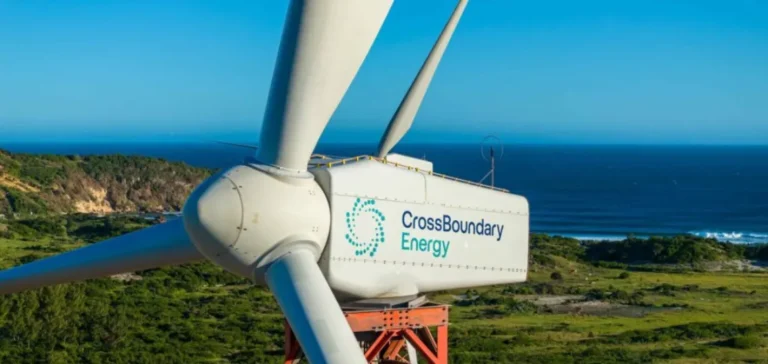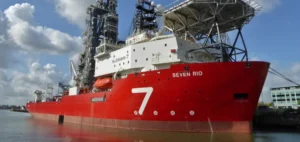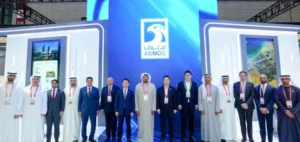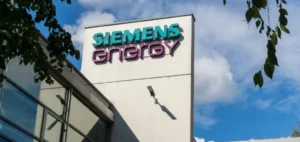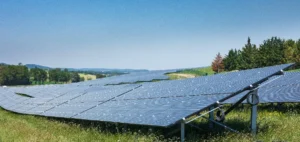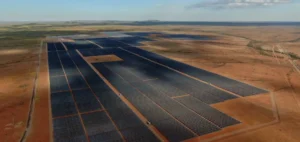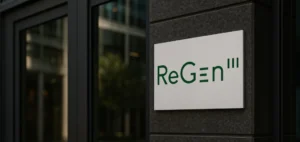CrossBoundary Energy has secured a $200mn senior debt facility in the second tranche of a structure arranged by Standard Bank, backed by a guarantee from the Multilateral Investment Guarantee Agency (MIGA). The deal aims to accelerate the deployment of solar and battery storage infrastructure for industrial, mining and telecom clients through a portfolio of assets across up to 20 African nations.
A continent-wide pooled infrastructure model
Rather than financing isolated projects, the structure relies on a multi-asset vehicle aggregating several commercial and industrial (C&I) installations such as solar plants for mines, hybrid systems for telecom towers, or rooftop solar for factories. This model reduces transaction costs, diversifies credit risk across various corporate clients and allows for improved financing terms through a portfolio effect.
MIGA’s guarantee framework, totalling $495mn, covers convertibility and transfer restriction risks for up to 15 years. It is further supported by first-loss coverage from the International Development Association’s (IDA) Private Sector Window and the Renewable Energy Catalyst Trust Fund, targeting the most fragile markets.
Financial structure and banking implications
Standard Bank is acting as mandated lead arranger for the syndicated facility, alongside Absa, Mauritius Commercial Bank and development finance institutions (DFIs) including DEG and FMO. On the quasi-equity side, commitments have been secured from Norfund, Impact Fund Denmark and Emerging Africa and Asia Infrastructure Fund.
The blend of syndicated senior debt, public mezzanine capital and multilateral guarantees enables CrossBoundary Energy to offer long-term power purchase agreements (PPAs) of 15 to 20 years at competitive tariffs while securing cash flow predictability.
Mining, telecom exposure and targeted geographies
The portfolio includes the Kamoa-Kakula project in the Democratic Republic of Congo, with over 220 MW of solar capacity and 526 MWh of storage, providing 30 MW of baseload power to the Kamoa Copper joint venture. The mine is operated by Ivanhoe Mines, Zijin Mining and the Congolese state.
Other referenced clients include Rio Tinto in Madagascar for a hybrid solar-wind plant, and multiple telecom operators in Sierra Leone. The MIGA platform targets a range of countries from South Africa to Egypt, including low-income or institutionally fragile states.
Currency risks and regulatory challenges
The primary barrier addressed by the financing is the risk of capital transfer and currency controls, identified as a major hurdle for private energy infrastructure. By transferring this risk to a multilateral agency, participating banks can reduce exposure and offer more competitive rates.
However, the framework requires strict compliance with international sanctions lists and World Bank environmental safeguards, indirectly limiting the eligibility of certain projects or jurisdictions.
Sectoral impacts and potential replication
This contractual and financial model now serves as a benchmark for other C&I developers across Africa. It provides greater stability in electricity costs for industries located off-grid, often dependent on imported diesel.
In a context where Africa attracts only a small share of global renewable investment flows, this transaction could support the emergence of a structured secondary market around C&I assets, including securitisation and green bonds.


